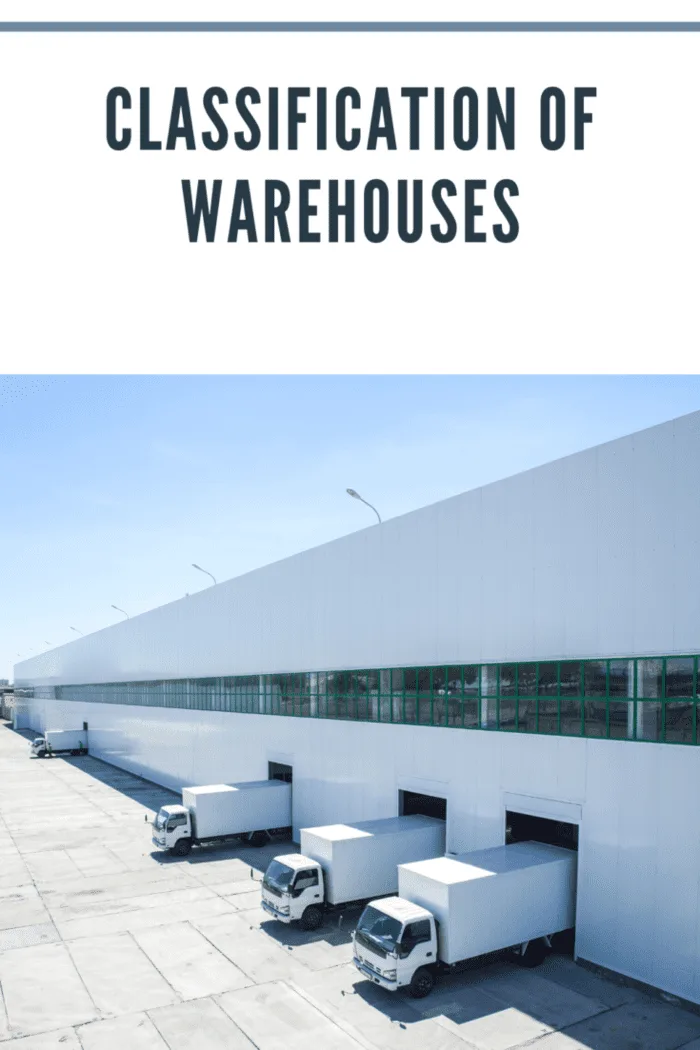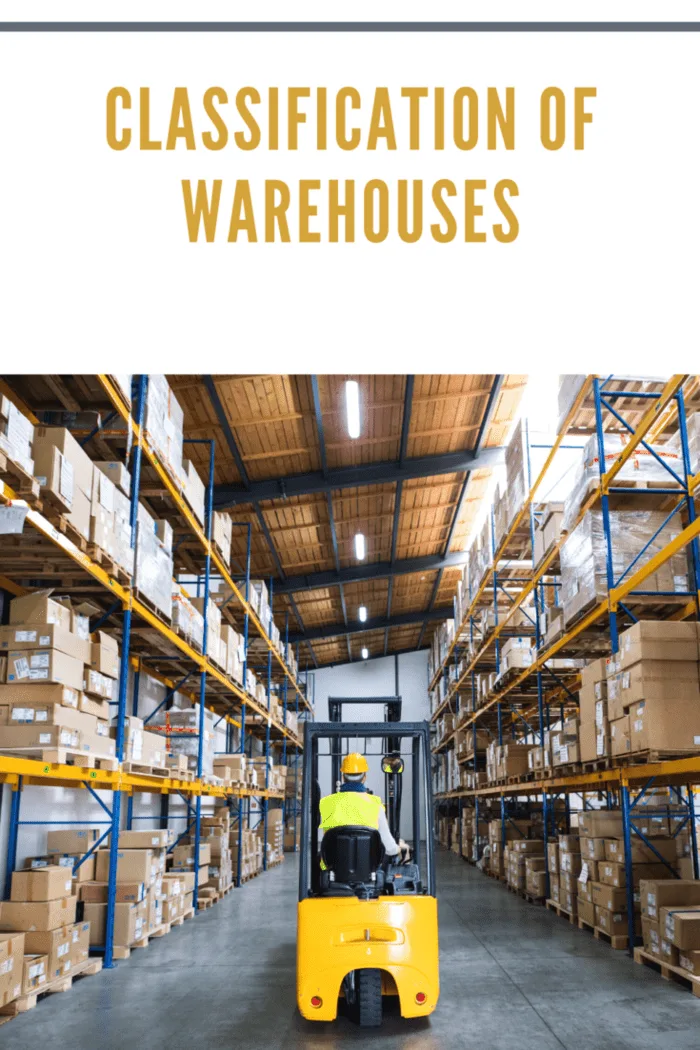Understanding the Classification of Warehouses: A Detailed Breakdown
Warehouses play a vital role in the supply chain, and their classification varies based on several factors, such as the materials they store, their design, and the functions they serve. The right classification of warehouses can greatly impact a company’s logistics, storage efficiency, and overall operational success.
In this article, we’ll explore the various types of warehouses, categorized by atmospheric protection, material stored, distribution logistics, and equipment used. By understanding these classifications, businesses can ensure they are optimizing their storage solutions effectively.
According to a study by the Warehousing Education and Research Council (WERC), improving warehouse efficiency can lead to a 20% reduction in labor costs and a 15% decrease in inventory holding costs.

Warehouses Based on Atmospheric Protection
1. Covered Warehouses
Covered warehouses are designed with materials like brick, canvas, or metal panels, offering complete protection against the elements. These facilities often have climate control systems to manage temperature and humidity levels, making them ideal for storing sensitive items. For instance, high-value electronics or temperature-sensitive products, such as pharmaceuticals or food, can benefit from this type of storage.
2. Open Warehouses (Outdoor Storage)
Unlike covered warehouses, open warehouses do not have physical walls or roofs but are typically enclosed by fences or markings. These are suitable for items that are not affected by environmental factors, such as heavy machinery, construction materials, or vehicles. For example, many car dealerships utilize open warehouses to store new cars, using protective plastic coverings to shield the vehicles from minor damage.

Warehouses by Material Type
1. Raw Material Warehouses
Located near production facilities, raw material warehouses store the essential components required for manufacturing. These warehouses ensure that production lines are never disrupted due to material shortages. Imagine a steel manufacturing plant—having a nearby raw material warehouse stocked with iron ore and coal ensures that production runs smoothly.
2. Semi-Finished Product Warehouses
These warehouses are typically found inside production plants. They store intermediate products that are in the process of being completed. Think of them as a buffer between different stages of manufacturing. For example, an automobile factory might have a warehouse storing assembled engines that are waiting to be installed into vehicles.
3. Finished Goods Warehouses
Once the production process is complete, finished goods are stored in these warehouses until they are ready for distribution. This category of warehouses often holds the highest economic value due to the finished products’ readiness for sale. Picture a large appliance manufacturer, where finished refrigerators are stored before being shipped to retailers. The key goal in these warehouses is to minimize storage time and maintain a high turnover rate to ensure products reach the market quickly.
4. Spare Parts Warehouses
Dedicated to storing parts necessary for maintaining machinery or production lines, these warehouses ensure that equipment can be repaired swiftly, minimizing downtime. A good example would be an aerospace company, which stores spare parts for airplane maintenance in a specialized warehouse, ensuring critical components are always available.
5. Auxiliary Material Warehouses
These facilities store additional materials required for production but are not part of the final product. Items such as packaging materials, lubricants, and cleaning supplies fall into this category.

Warehouses Based on Distribution Logistics
1. Central (Plant) Warehouses
Central warehouses are positioned close to the manufacturing centers. Their proximity helps reduce handling and transportation costs. These warehouses act as the primary storage hubs for stock before being distributed to regional warehouses. For example, a central warehouse located next to a car manufacturing plant holds the bulk of finished vehicles before they are sent to regional dealerships.
2. Regional Warehouses
These warehouses are located near the main consumption points within a region. Their purpose is to distribute goods to retail or wholesale customers efficiently. Regional warehouses receive large shipments from central warehouses, break them down, and redistribute them in smaller loads. Consider a major grocery store chain—regional warehouses receive shipments from central distribution centers and then allocate goods to individual stores across the region.
3. Warehouse Platforms
These smaller warehouses specialize in techniques like cross-docking, where goods are received, sorted, and sent out without significant storage time. This helps reduce inventory levels while still maintaining a high level of customer service. A good example would be e-commerce fulfillment centers, where orders are processed quickly and sent directly to customers.
4. Temporary Warehouses
These warehouses serve as temporary storage solutions to meet seasonal demand or sudden spikes in inventory needs. Retail companies often rent these facilities during peak holiday seasons to store extra stock, ensuring they can meet increased customer demand.
Closing Thoughts: The Right Warehouse Makes a Difference
Choosing the right warehouse type is crucial for businesses, as it can significantly impact storage costs, distribution efficiency, and overall customer satisfaction. Whether you’re storing raw materials or shipping out finished products, understanding the classification of warehouses will help you make informed decisions that benefit your entire supply chain.
Incorporating these details into your warehousing decisions can truly elevate your logistics strategy. With the right setup, your business can reduce costs, improve efficiency, and enhance customer satisfaction—all through better warehouse classification.v
